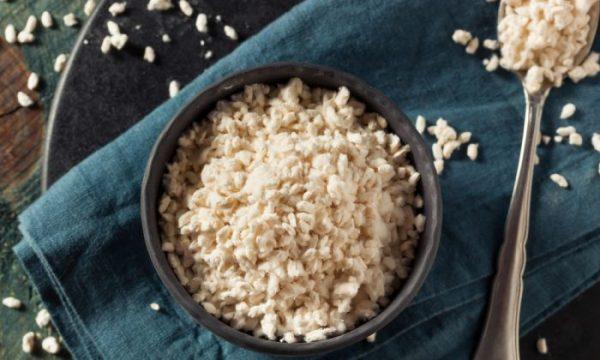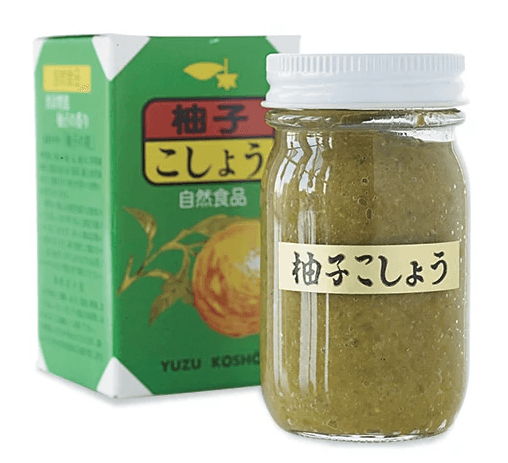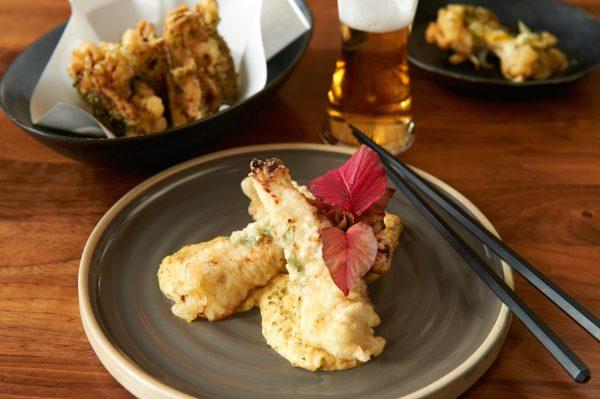In this series, we ask chefs about the secret ingredients they love—and how you can use them at home.
Two Trusty Stalwarts
Seiji Wakabayashi, executive chef of Sushi Ran and Izakaya Sushi Ran in Sausalito, California, has long relied on two classic Japanese condiments.Secret Ingredients: Mirin and koji! They are my superpowers. There are so many wonderful ingredients available today, but these two can’t-miss condiments go back many generations to ancient Japan. They are integral parts of Japanese cooking. With these two traditional Japanese ingredients, I can do almost anything.
Mirin is a sweet “cooking” sake. It is a little bit thicker than regular sake, perfectly clear, and less sweet than sugar. I like it for both sweet and savory dishes. It is important to use a good-quality mirin. I prefer Takara Mirin, which is distributed by Sho Chiku Bai.
Koji is a form of mold that is fermented from rice. It is the same process that turns soybeans into soy sauce, or rice into sake. Long ago in Japan, every home had its own special koji and miso, and the flavors were distinct to each household. The recipes were passed down from generation to generation.

How to Use Them: Koji is great for marinating meat or fish to intensify flavor and lock in moisture. Chicken breasts in particular tend to become dry, but a koji marinade keeps the chicken plump and moist. I often use mirin and koji together, as with the marinade for our popular Tori Tempura chicken at Izakaya Sushi Ran. My recipe calls for koji, mirin, sake, and lime.
I love using mirin in place of sugar, for marinades, sauces, or dressings. It blends easily and is a bit less sweet. For our spinach salad, I combine ground sesame seeds, sake, mirin, and soy sauce for a great umami punch. For a simple, delicious vegetable sauté, I use mirin, sake, and soy sauce.
Home cooks can find mirin and koji at Asian markets and gourmet grocery stores (sometimes Whole Foods), and even on Amazon.
And a Wild Card
Daniel Sharp, executive chef of The Meatball Shop in New York City and Washington, D.C., loves the funky, fermented flavor bomb that is yuzu kosho.Secret Ingredient: Yuzu kosho! It is a seasoning made from green spicy pepper and yuzu, a Japanese citrus similar to limes, but with a very distinctive flavor. These ingredients are mashed together with salt to create a yuzu kosho paste.
Before The Meatball Shop, I worked in a Japanese restaurant that used yuzu kosho as an accent to sashimi, which is where I discovered and fell in love with the seasoning. I love yuzu kosho because it is so well-balanced as a condiment. It’s spicy, but the heat is mellowed out with the tanginess of the yuzu, and the salt does what salt does: make the flavors come alive! It has a unique flavor that people cannot pin down.
How to Use It: I love using yuzu kosho on grilled meats and fish. I find that the seasoning alone can be pretty strong, so sometimes I’ll make a vinaigrette out of it instead: equal parts yuzu kosho, lime juice (or yuzu juice if you’ve got it), and olive oil. Brush that on some grilled chicken and enjoy!
Yuzu kosho can be found in Japanese specialty markets.








Friends Read Free